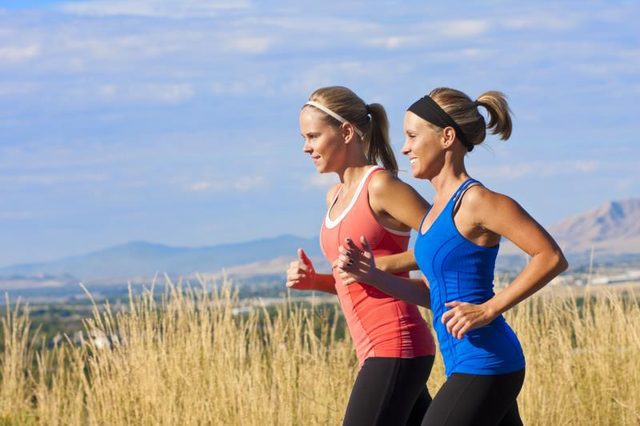Whether you’re a runner, cyclist or avid hiker, the risk of heat exhaustion increases dramatically during hot summer months. If you’re out for a run or climbing a mountain in the middle of the day and you feel dizzy, fatigued, have a headache or suddenly feel an increase in your heart rate, you may be suffering from heat exhaustion. According to the American College of Sports Medicine, the best way to prevent heat exhaustion is to stay hydrated and avoid exercising in extreme heat. It is also helpful to examine your clothing.

Common Pitfalls
Cotton is the worst material to wear in the summer heat. It soaks up sweat like a towel, holding the moisture against your skin and causing your body temperature to increase. Evaporation consumes energy, which cools the skin; the fabric of your clothing should allow sweat to evaporate. The Centers for Disease Control and Prevention recommend you wear lightweight, light-colored and loose-fitting clothing. Avoid dark colors — dark clothes absorb the sun’s heat, while light colors or white reflects light and heat.
What to Look For
Select moisture-wicking, quick-drying gear. These fabrics are thin, lightweight and don’t absorb sweat. If you are in an area of low humidity, wear loose, light-colored, long-sleeved clothing to shield your skin from the sun. Covering up has been used in Middle Eastern countries for centuries and is a proven way to keep your body cool in dry heat conditions. For women, sports bras are usually essential for outdoor activities. Look for bras that provide ventilation.






Leave A Comment
You must be logged in to post a comment.